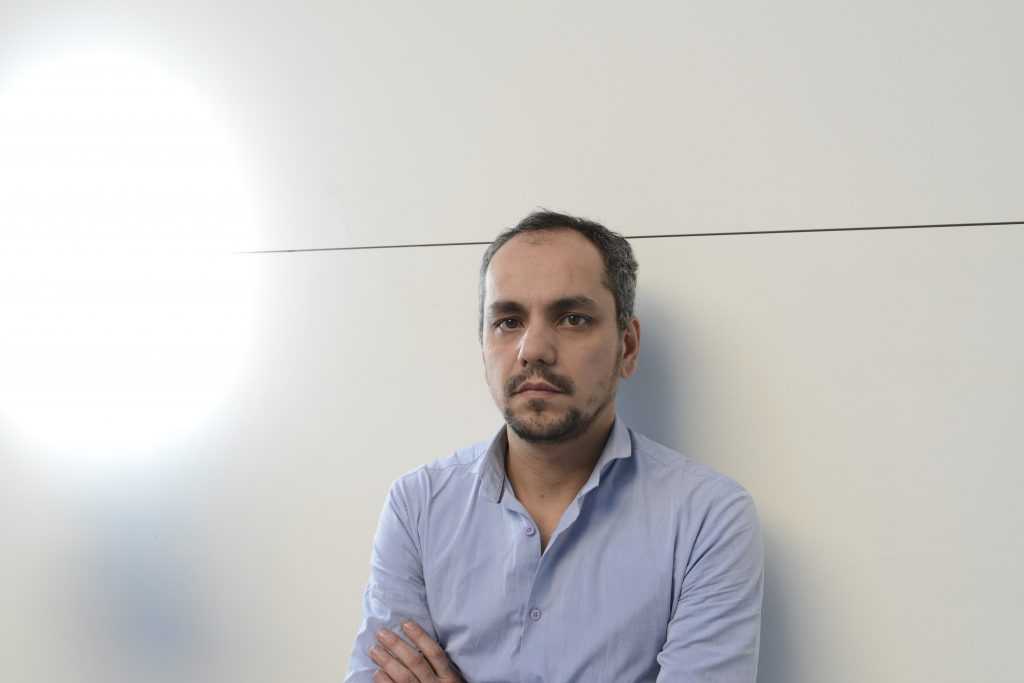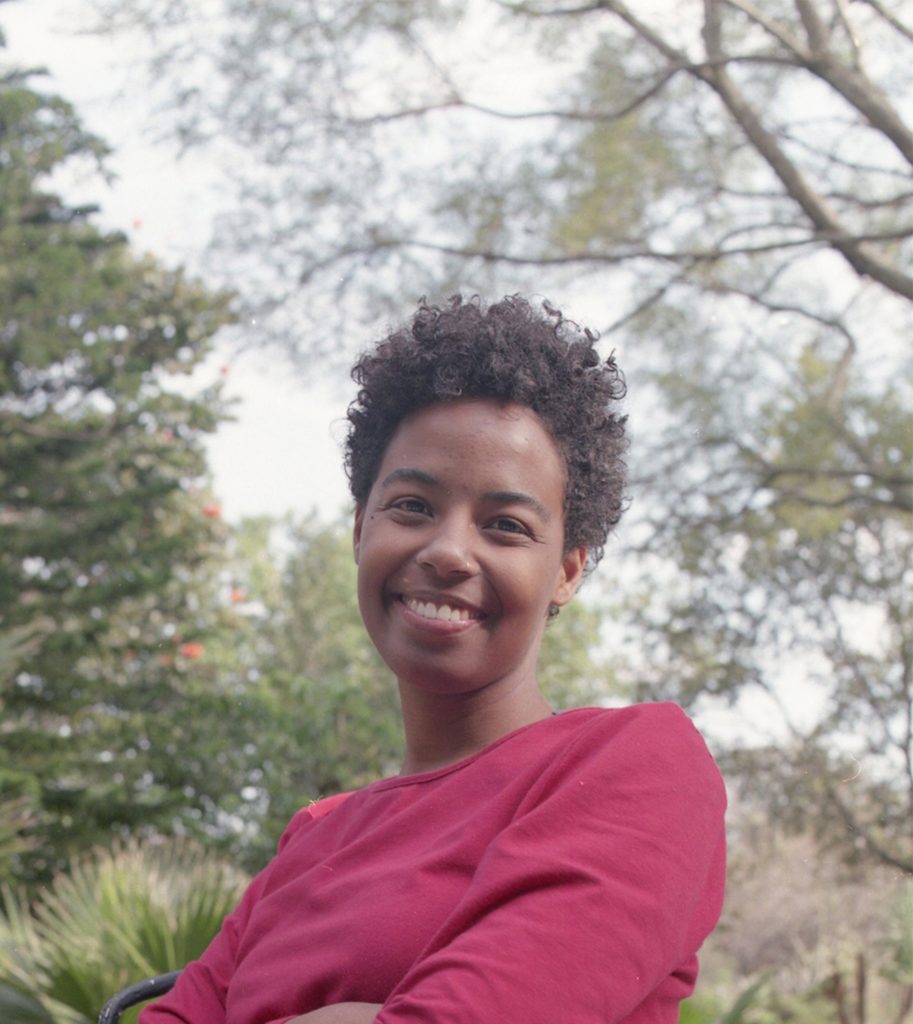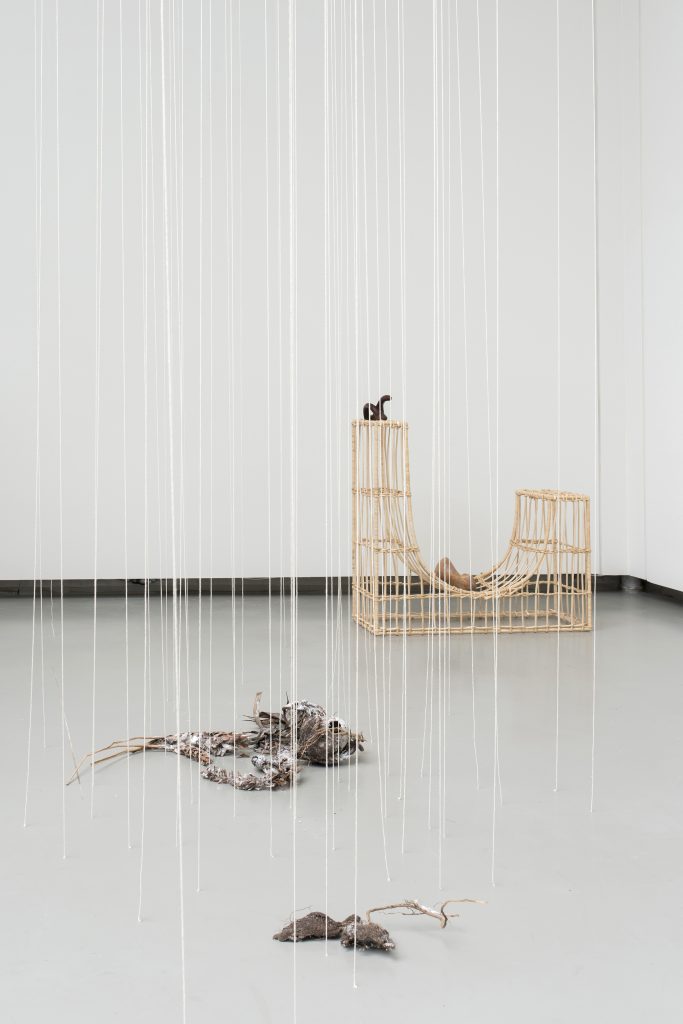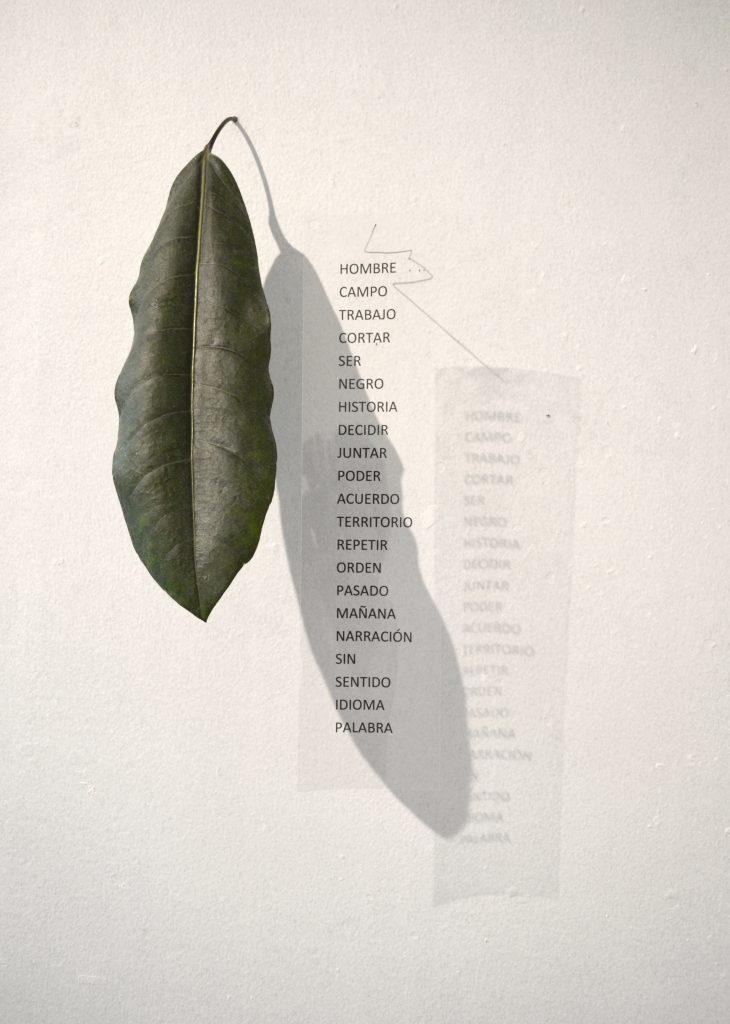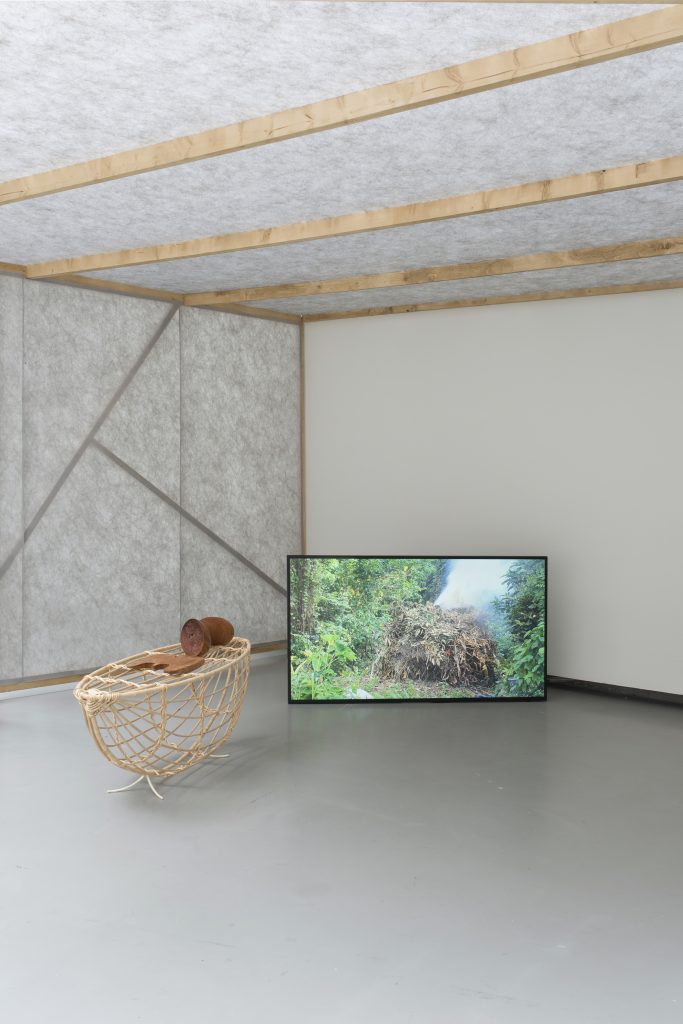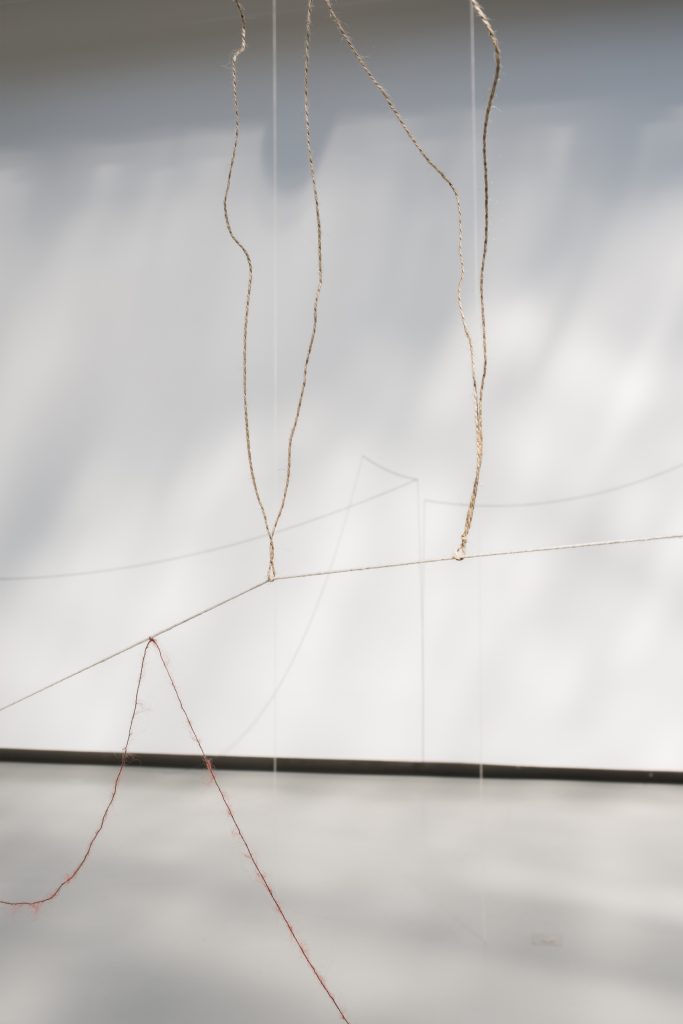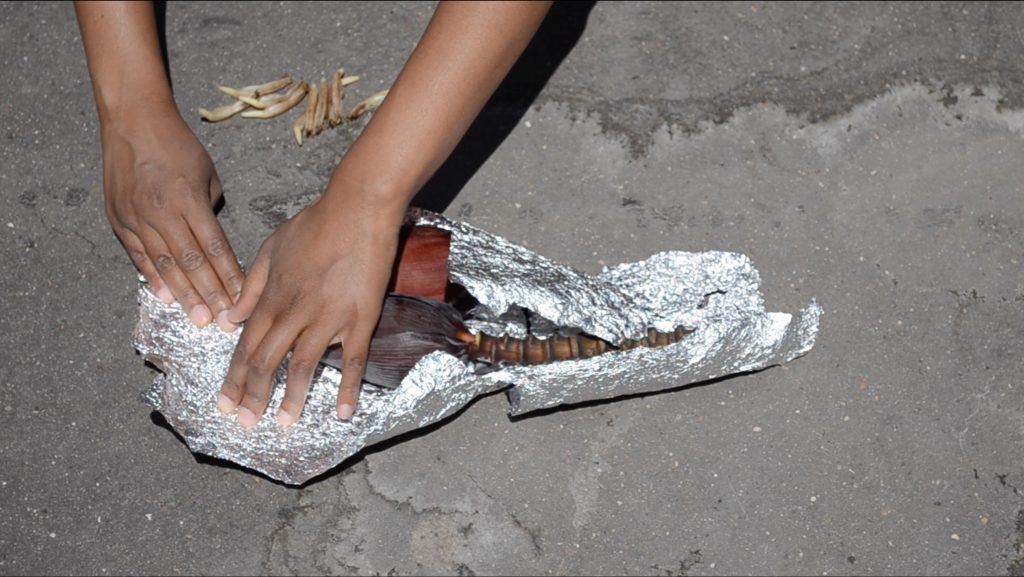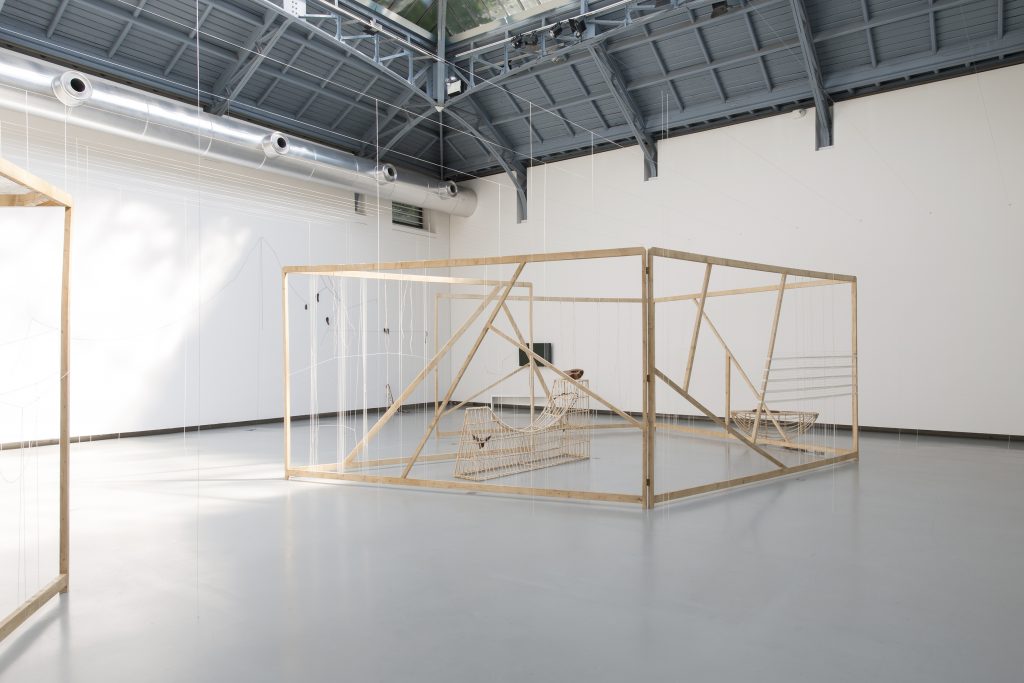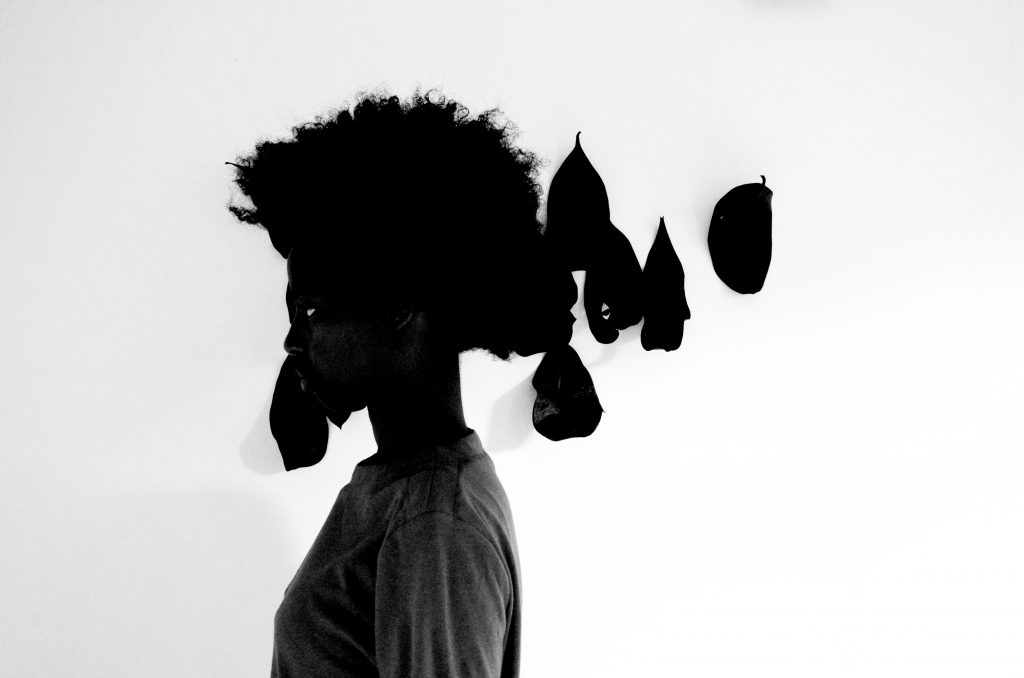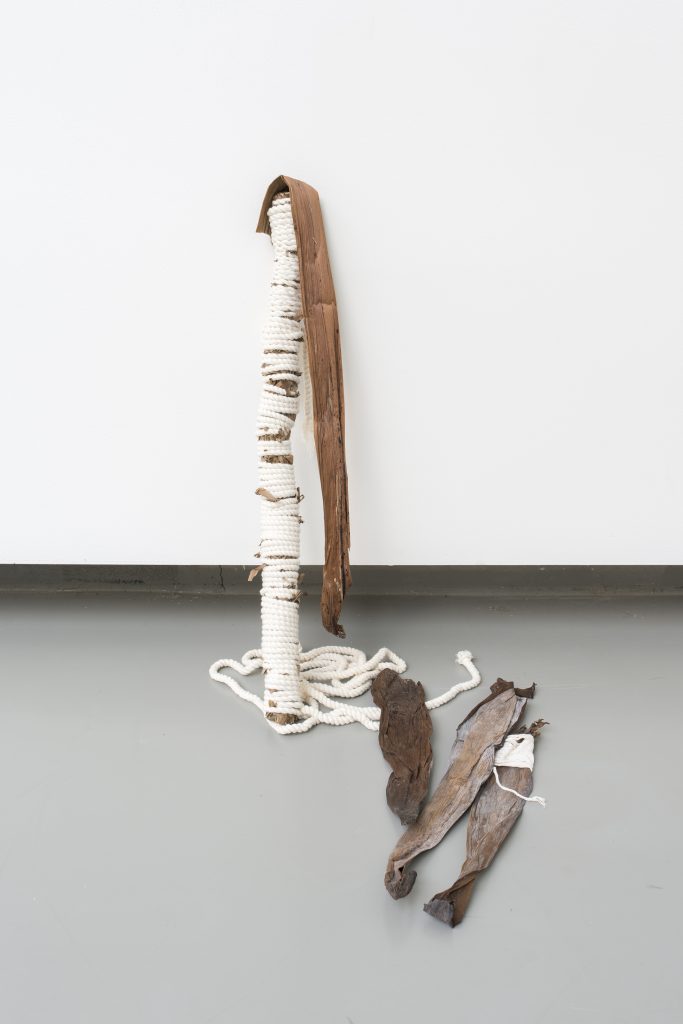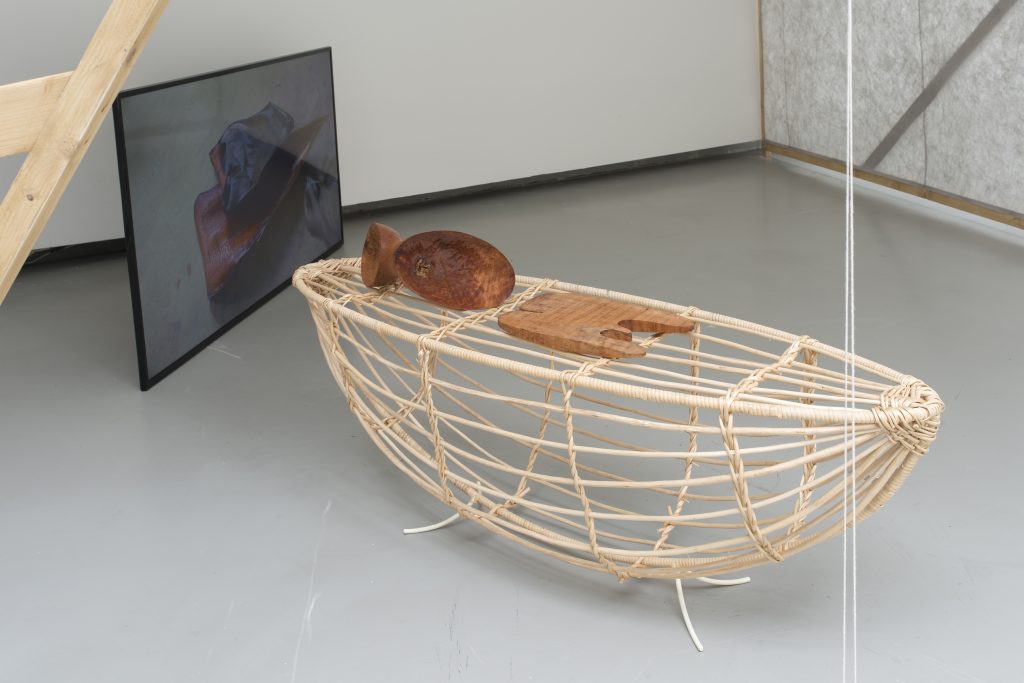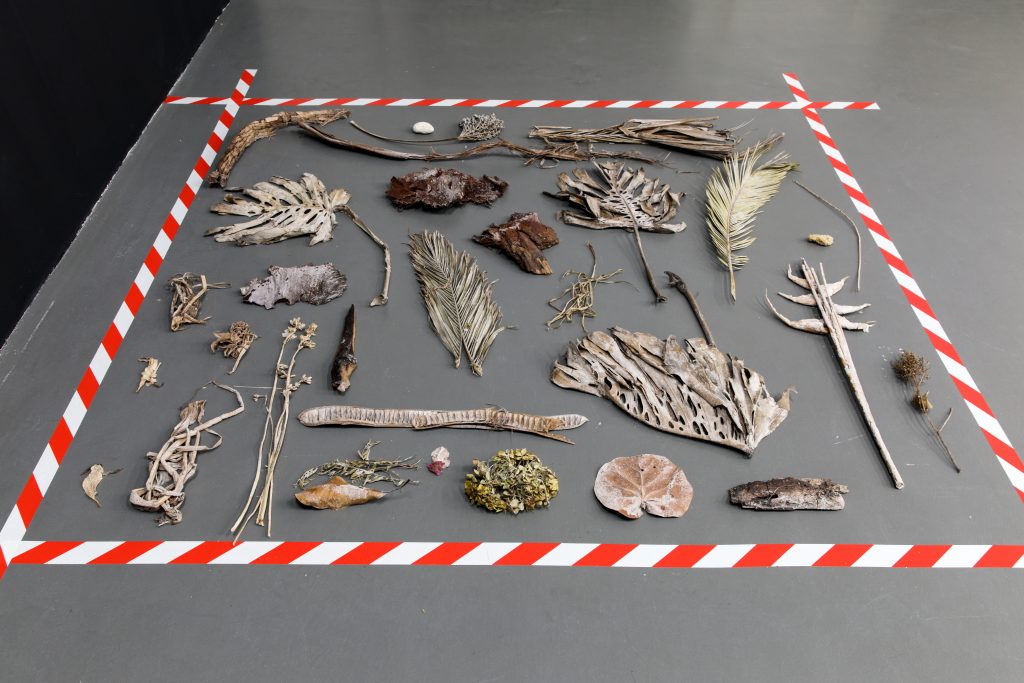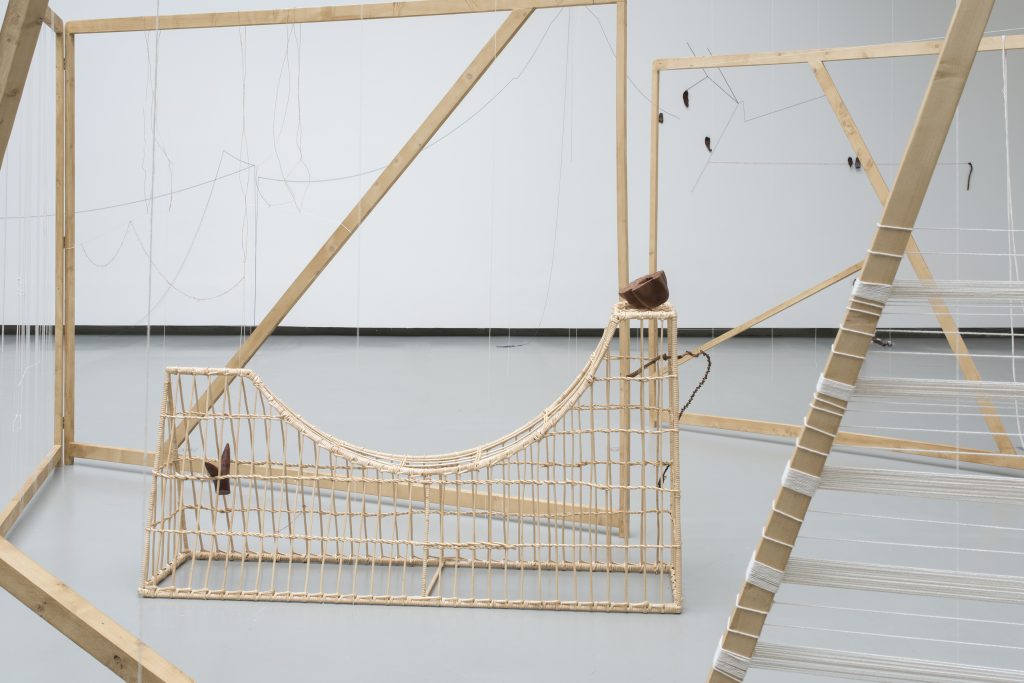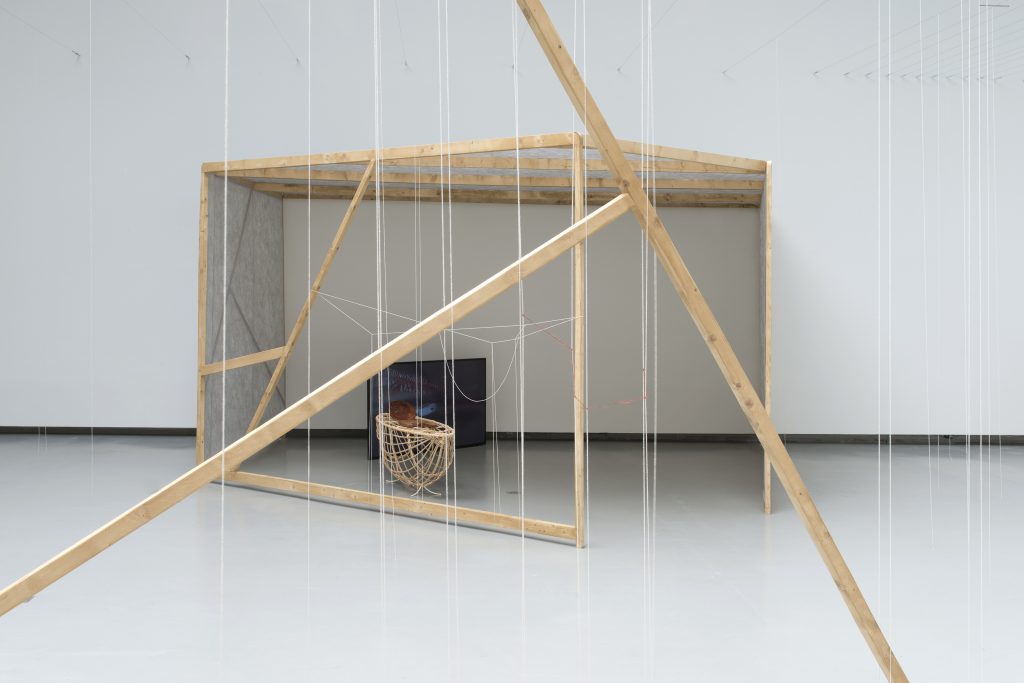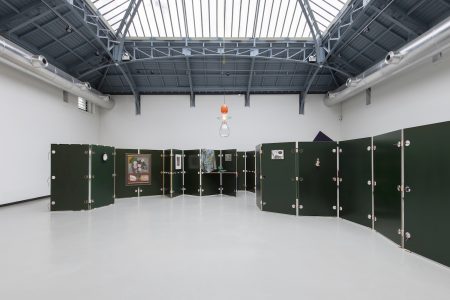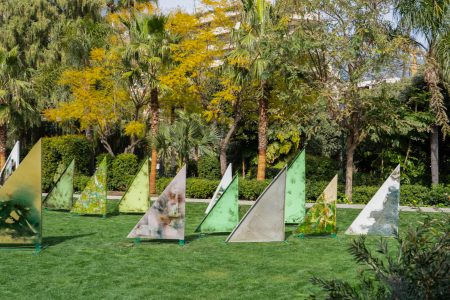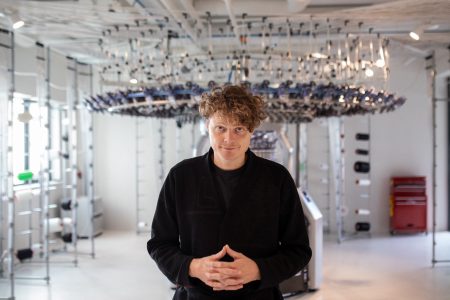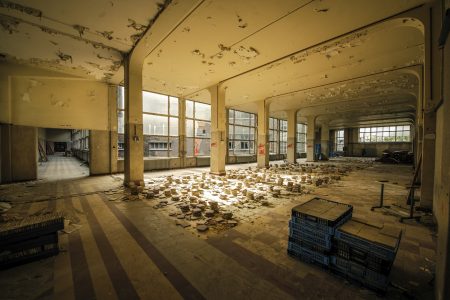Guillaume Désanges: Matters of Concern
Now a year into his third curatorial “season” at La Verrière Hermès, TLmag caught up with French curator Guillaume Désanges to discuss the influences behind their latest exhibition ‘Musa Nuit’ – leading to a conversation about challenging dominant social and political structures and art’s role within them.
“A main thing that you have to understand about me and my work as a curator is that art is not obvious for me”, Guillaume Désanges says at the start of our Zoom video call. The curator, who has been active in the field for over 15 years and founded his own independent production house (titled Work Method), has been in charge of La Verrière Hermès’ curatorial programme since 2013 and has introduced a new focus to the institution’s exhibition format by implementing thematic seasons which last about three years each. The reason he accepted the job is twofold. The first, is a reaction to the temporariness that many freelance artists and museum workers experience today: “As a freelancer, I’m used to jumping from one place or project to another. These type of “one shot” projects have always been a source of frustration for me. Since I’ve been given the opportunity to run a place for a longer set of time, I decided that I’d take the time to focus and investigate the subjects that interest me for a long time. It’s been a comforting and rewarding experience”. The second reason is to solve a problem: art, more specifically, the juxtapositions that it inhabits. “For me, curating is solving a problem — and one of those problems the existence of art itself. The exhibitions that I curate, specifically at La Verrière, are to investigate the contradictions that contemporary art holds, and aim to look at our relationship to art and see what kind of mission or place it can have in society (be it social or political). It is a response to the constant need to disrupt and re-order the categories and hierarchies of contemporary art: a curatorial practice of aesthetic ‘disorder’ that sets out deliberately to blur artistic genres, from one exhibition to the next.”
Sharing the same critical yet poetic undertones of the previous two seasons (titled ‘Gestures of the Mind and ‘Ballistic Poetry’), La Verrière’s recent season, ‘Matters of Concern’, is in some ways a continuation of the seasons that came before it, and in others goes far beyond their reach. Dealing with one of the most pertinent topics of today, namely that of sustainability in the production of objects, a main question posed within this season is if there is any way to prevent even the most well-intentioned artwork from adding to the sum of ‘useless’ material clutter in this world. In reaction to this question, posed by Désanges at the start of the season, I wondered if it is then even possible to create a series of exhibitions that won’t add to the destruction and further cluttering of our world. If the art world is violent and produces more waste than it helps, why not cease to make exhibitions? Unsurprisingly, Désanges was quick to answer, as it was clearly something that he had put a lot of thought into throughout his curatorial career, explaining that this contradiction that is placed before us in these questions is addressed throughout his entire practice — and not solely in this exhibition. “It goes without saying that ecology is a central concern in contemporary society, but its concrete expression in art is far less apparent. From the beginning, I wanted to address this contradiction, but I decided to do it in a way that does not pretend to be something that it isn’t. The question is not to pretend not to be producing, or to pretend not to be making new forms. To create something that is ecological more than about ecology, my work and choices must not solely consider ecology — but be informed by it, and that is a very important distinction. The exhibitions meet the necessity to look at other ways of producing, to meet other ways of increasing. It is not an effort to avoid these vital, problematic issues, but to confront them and choose to learn, or rather ‘un-learn’ from the margins.”
Although at first it may seem that this new season was born from a need to (solely) address the ecological crisis, the “concerns” that the exhibitions on view highlight focus on challenging the dominant structures that the (art) world’s ecosystem thrives on; “When I first began creating and working in the arts, I realised that there was a big, quite hypocritical, gap between the ethics and thematics that were being highlighted, and the reality of practices. On top of that, there was also a big difference between how artists were treated or paid versus how their art was providing for the institutions or how much they were being sold for. I realised that the art world is quite violent; socially, but also economically and ecologically. And I know I am also part of that violence, even passively”. Concern, in the case of Désanges’ practice, is a synonym of care, and the answer to the cynicism of those giving up on what is going on around us — or, as he puts it, “I like the word “concern” because it states an involvement that goes beyond just doing something for fun. It is linked to a belief of doing something out of necessity and calling for the attention of others” .
With its title borrowed from sociologist Bruno Latour, the featured artists and their solo-exhibitions in ‘Matters of Concern’ celebrate a wide range of different approaches that reflect non-standard ways of using and caring for materials. Rather than looking at the materials in question from a straightforward position — e.g. their sustainable ways of coming to fruition — the objects they make up and the highly personal stories that are attached to them attribute them spiritual, social, symbolic, therapeutic and/or magical properties. This allows them not only to develop their practices, but also highlight each of their specific concerns. In the case of Babi Badalov’s ‘Soul Mobilisation’, which was the second solo-exhibition under the umbrella of this season, his concern and use for small discarded objects found on the street address social and geopolitical issues reflected in his own life and experiences of being homeless.
In the case of the season’s latest exhibition, Guadalupan artist Minia Biabiany’s ‘Musa Nuit’, her handmade objects and multi-sensorial methodology offer not only a more tactile experience with objects within exhibition space but offer a sincere reflection on the sexuality of contemporary Guadalupan and Caribbean women and the ways in which history has imprinted itself upon their subconscious. The exhibition is incredibly intimate, and there are multiple works that are specifically crafted for this specific time and place. “The works that are on view here are very abstract yet very precise. I was talking to Minia the other day about how some of the pieces that she had made for this would work in another show of hers, and she told me how that would be difficult because all of the pieces on view here are only meant to be viewed in this set up with one another. It’s quite beautiful. On the one hand, they can be experienced as a type of evidence on how these issues of identity are deeply connected to the colonial history of Guadeloupe and the Caribbean as a whole — more specifically, those marked by French cultural assimilation, colonialism and the transatlantic slave trade. At the same time, these objects also embody a way of dealing and healing these wounds.” It is powerful to see these kinds of stories being told today, especially in the context of Belgium where only two weeks ago a statue of a once-powerful slaveholder being forcibly removed after demonstrations. What is even more substantial is that these stories are not simply exhibited, but their materialisations recognised as providing viable alternatives within institutions such as La Verrière.
The exhibition also questions the status of the object and the hierarchical practices within museum institutions by allowing visitors to not only look at the objects, but touch, feel and be with them — these are artworks that are meant to be used and ritualised, not merely looked at: “We cannot talk about domination and hierarchy without talking about what it means to classify an object as an artwork. Once this classification happens, it is as if it is trapped. We can no longer touch it, or use it. It needs to be kept pristine in order for us to claim insurance over it and for it to be of value to us. This is a violent, humiliating act, for the object, as well as for the artist. What I like about this show is that the status of the object becomes slippery again. An object can be an art object if you want it to be, but it is also a crafted object, a political object, a transitional kind of object — we can go on until it comes to a point where the viewer no longer cares about its status and becomes “just” an object once more. I feel like this is what will become more and more important to acknowledge in the future — specifically if we’re looking at objects in museums that were taken from their original context and need to be restituted”.
The principle for the show was developed before COVID-19 measures were taken, and the museum is still unsure about how this will be implemented because of them, yet the concerns that the exhibition brings up are as relevant as ever. Responding to the question whether the pandemic has changed his mind or influenced his process recently, Désanges seemed more confident in his curatorial decisions than before: “For me COVID-19 has confirmed that these issues are indeed important, and need to be addressed. Not only in terms of ecology, but in terms of challenging and rethinking what the structure of our society is. We see in France, but I guess also all over the world, that this pandemic has reversed the importance of things, and has re-addressed what we consider to be necessary work. We understand now that the knowledge of doctors is suddenly useless if not for the care of a nurse, and that the care of the lesser recognised workers in a hospital suddenly become much more important than general knowledge. We see how the people who we now consider to be the most necessary, are the ones getting paid the least — which is another important issue — and see how it can be possible to enact this reversal of our priorities at a large scale. This not only reveals the relevance of these exhibitions, which are only but a small piece of the puzzle, but the importance of the theories of care on which they are based on.
‘Musa Nuit’ will be on view at La Verrière, the Brussels art space of the Fondation d’entreprise Hermès, until September 5, 2020.
https://www.fondationdentreprisehermes.org/
Cover Photo: Minia Biabiany, Qui vivra verra, qui mourra saura, 2019, mixed media, CRAC Alsace. Courtesy of the artist © Aurélien Mole
